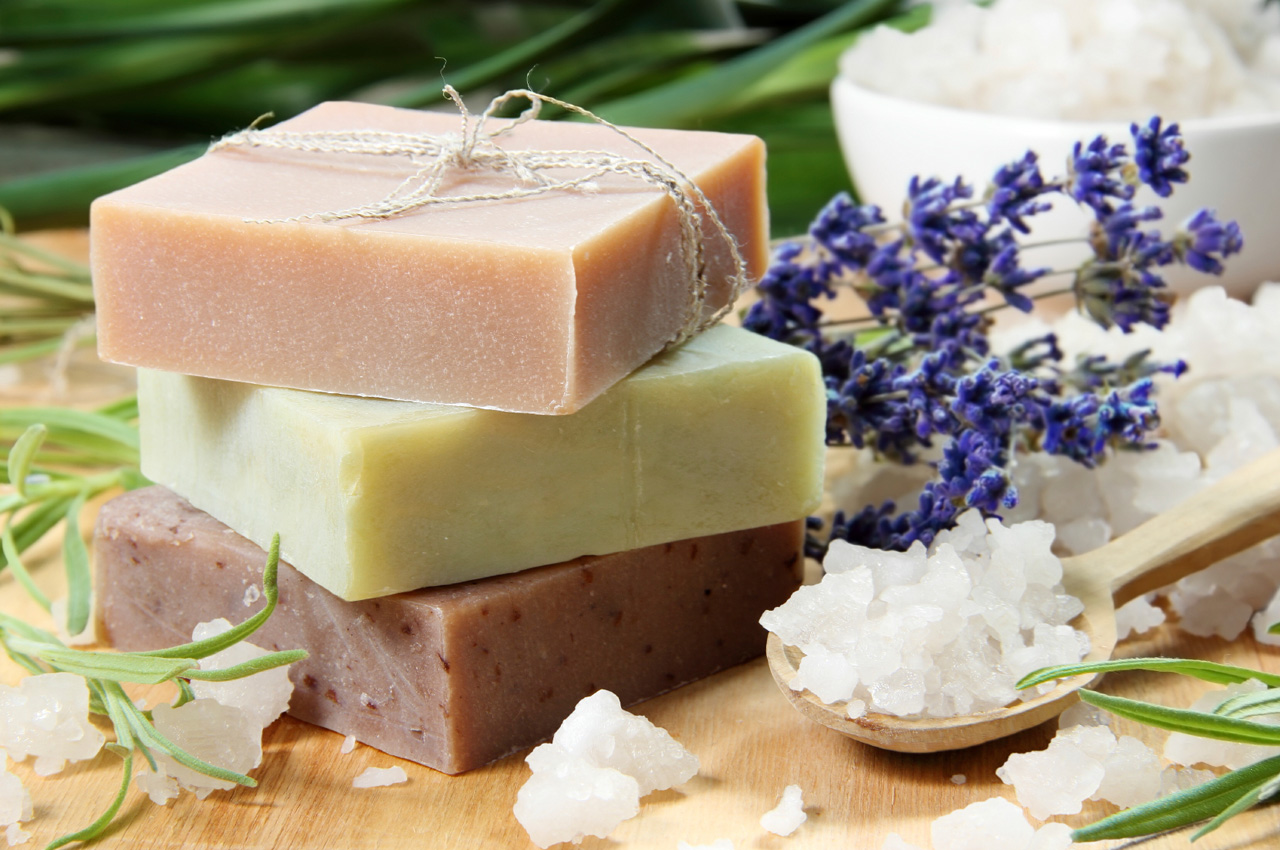Soap is a salt of a fatty acid used in a variety of cleansing and lubricating products.
Grease and oil are nonpolar and insoluble in water. When soap and soiling oils are mixed, the nonpolar hydrocarbon portion of the micelles break up the nonpolar oil molecules. A different type of micelle then forms, with nonpolar soiling molecules in the center. Thus, grease and oil and the ‘dirt’ attached to them are caught inside the micelle and can be rinsed away.
They are produced from the hydrolysis of fats in a chemical reaction called saponification. Each soap molecule has a long hydrocarbon chain, sometimes called its ‘tail’, with a carboxylate ‘head’. In water, the
sodium or potassium ions float free, leaving a negatively-charged head.
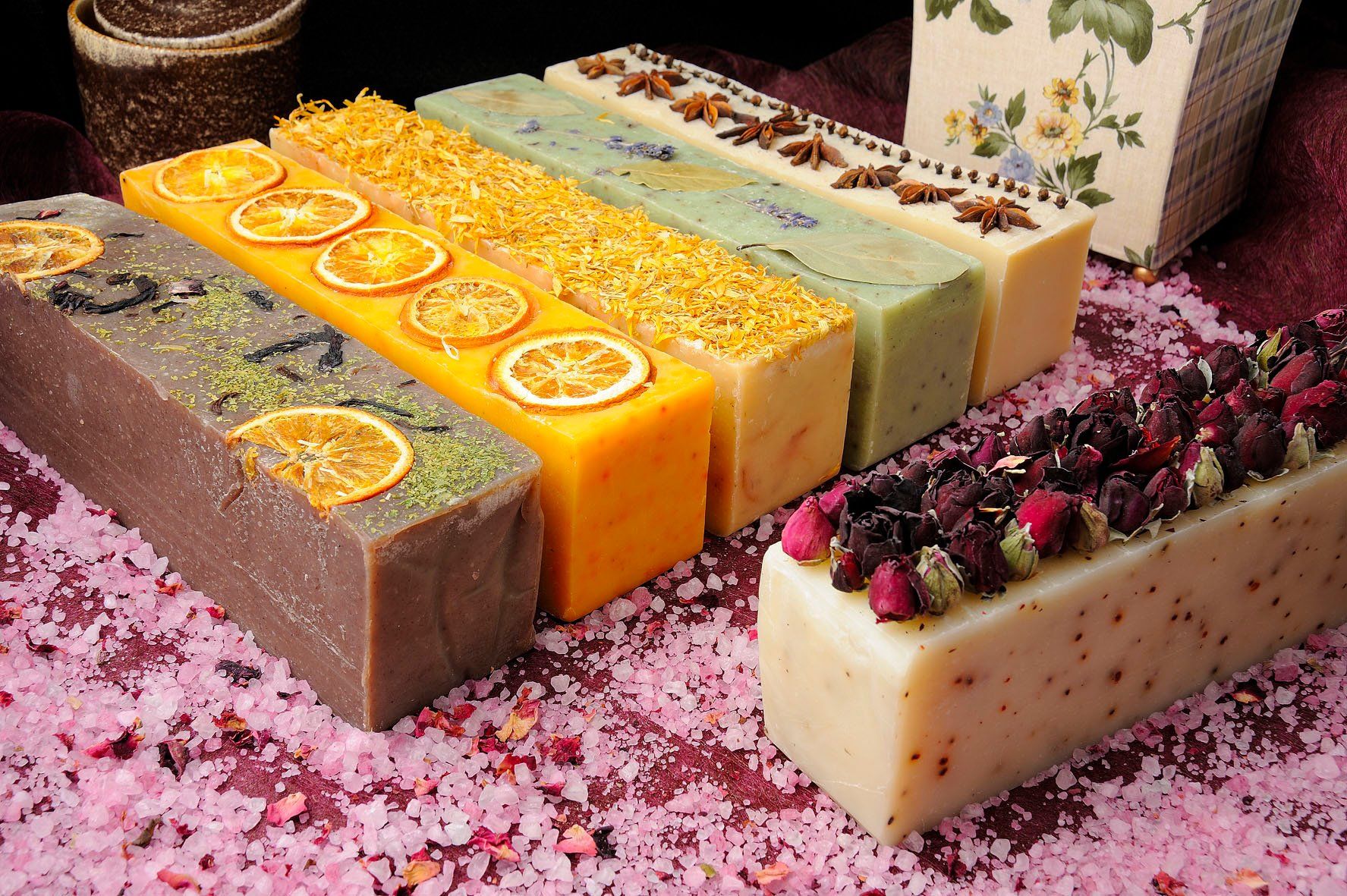
The Celts made their soap from animal fat and plant ashes and they named the product saipo, from which the word soap is derived.
An excavation of ancient Babylon revealed evidence that Babylonians were making soap around 2800 BC.
Babylonians were the first one to master the art of soap making. These ancient peoples used a mixture of ashes and water to remove the grease from wool and cloth, in textile production. The more this ash/water
mixture was used, the more soap was being formed throughout the process. This soap was the product of the alkali in the ashes reacting with the grease on the textiles.
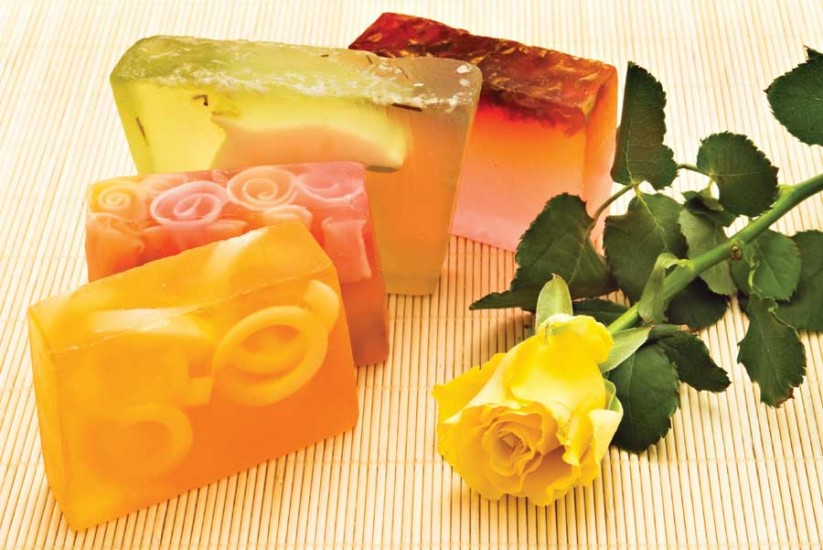
A 12th-century document describes the process of soap production. It mentions the key ingredient, alkali, which later became crucial to modern chemistry, derived from al-qaly or “ashes”.
The Ebers papyrus (Egypt, 1550 BC) reveals that the ancient Egyptians mixed animal and vegetable oils with alkaline salts to produce a soap-like substance.
In ancient Palestine, the ashes from barilla plants, such as species of Salsola, saltwort and Anabasis, were used in soap production, known as potash.
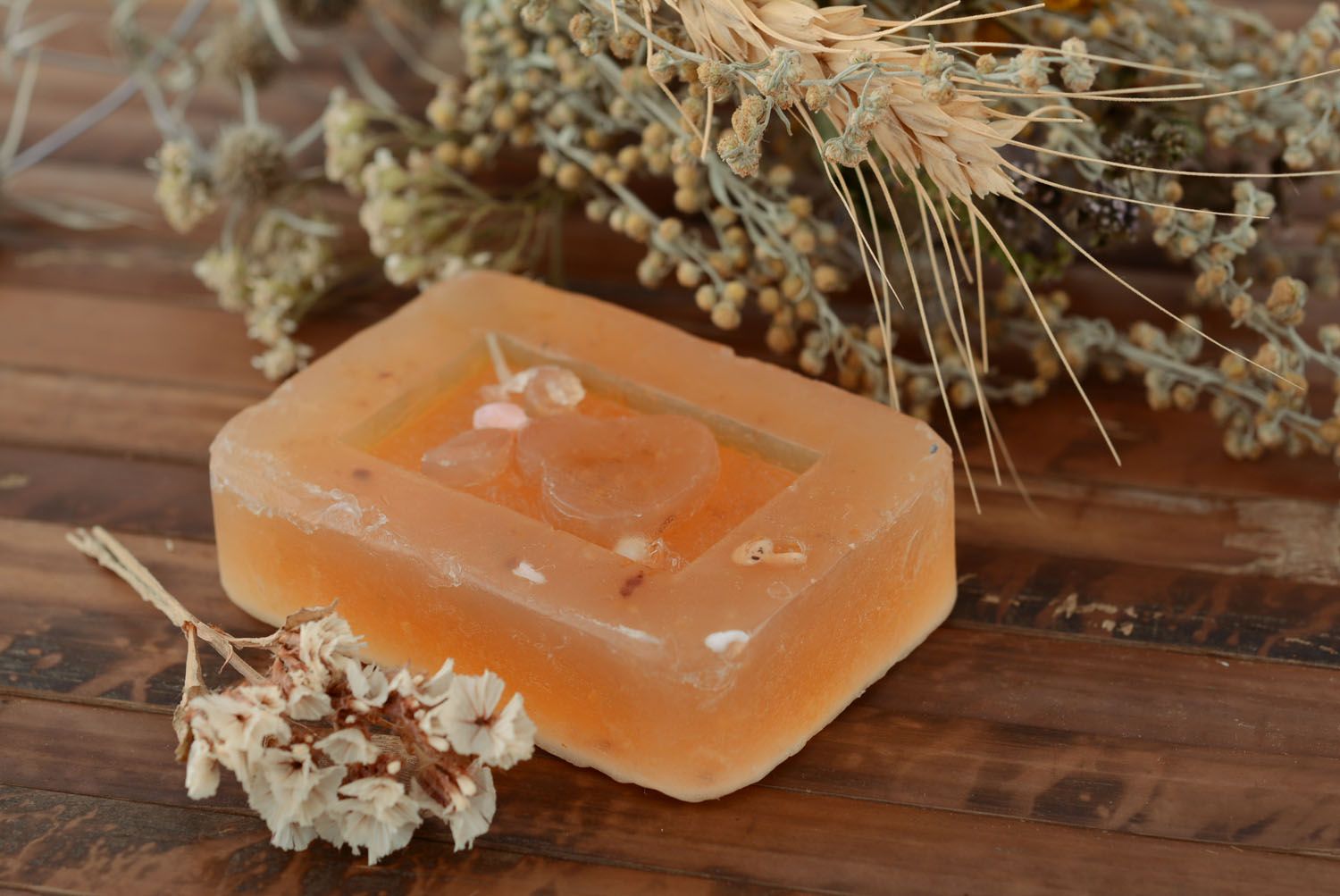
Hard toilet soap with a pleasant smell was produced in the Middle East during the Islamic Golden Age, when soap-making became an established industry.
Archaeologists have found this soap-like material in ancient clay cylinders from the time. These ancient peoples had started to cotton on to the fact that it was the combination of the ashes and the grease which was making the mixture an effective cleaning agent. The clay cylinders were inscribed with what we understand as saying, “fats boiled with ashes”; the earliest known soap recipe.
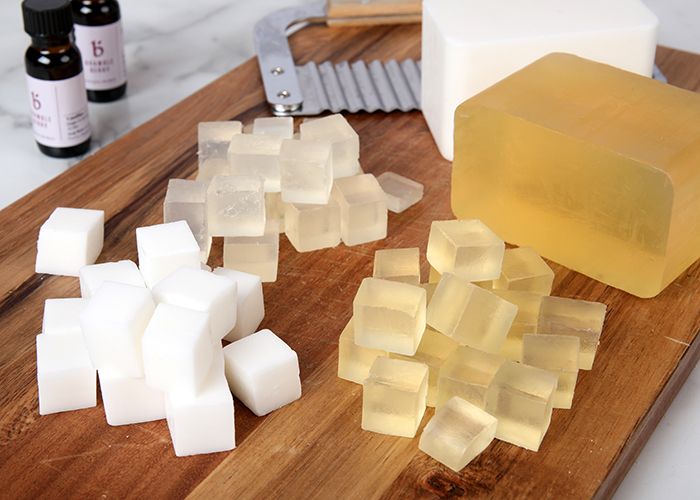
In Europe, soap in the 9th century was produced from animal fats and had an unpleasant smell.
Soap is an excellent cleanser because of its ability to act as an emulsifying agent. An emulsifier is capable of dispersing one liquid into another immiscible liquid. This means that while oil (which attracts dirt) doesn’t naturally mix with water, soap can suspend oil/dirt in such a way that it can be removed.
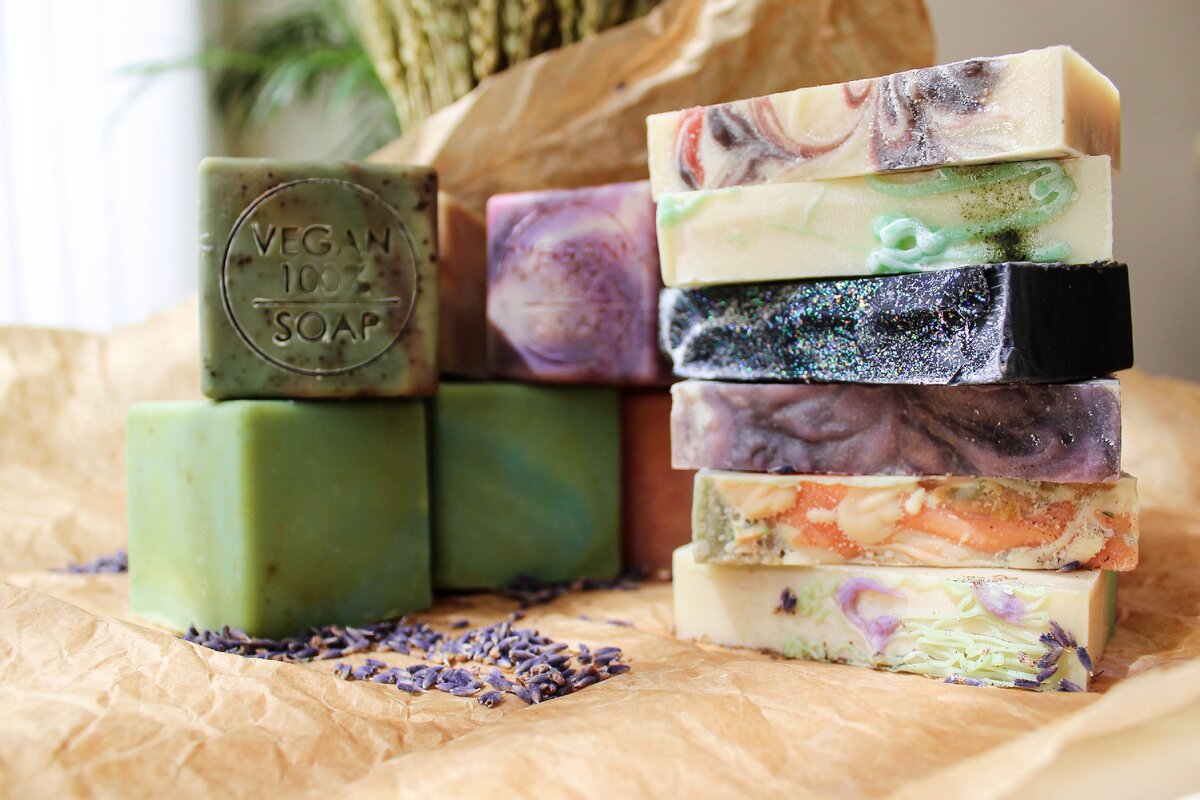
In modern times, the use of soap has become commonplace in industrialized nations due to a better understanding of the role of hygiene in reducing the population size of pathogenic microorganisms.
By the 15th century, the manufacture of soap in the Christendom had become virtually industrialized, with sources in Antwerp, Castile, Marseille, Naples and Venice.
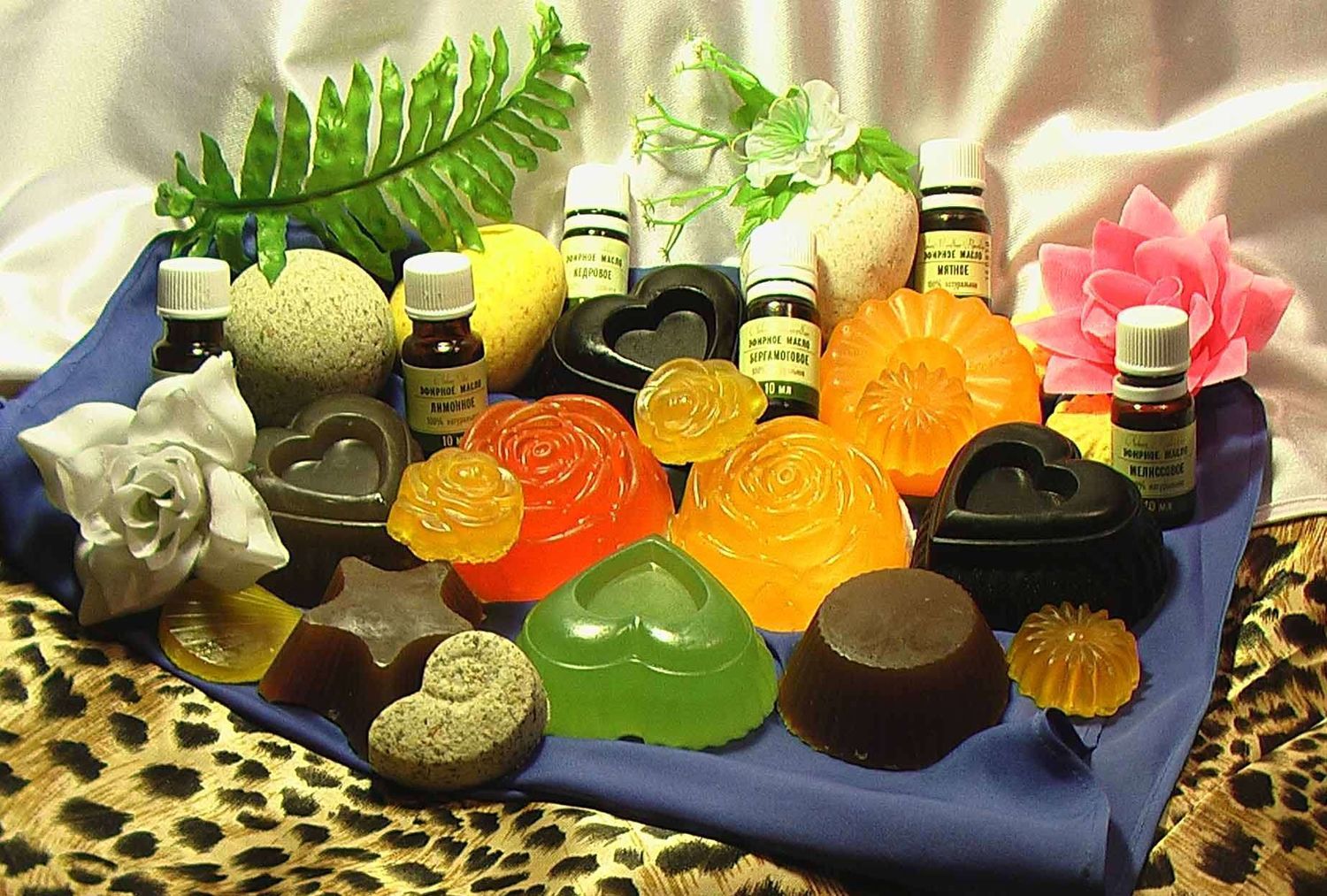
During the Restoration era a soap tax was introduced in England, which meant that until the mid-1800s, soap was a luxury, used regularly only by the well-to-do.
Finer soaps were later produced in Europe from the 16th century, using vegetable oils (such as olive oil) as opposed to animal fats. Many of these soaps are still produced, both industrially and by small-scale artisans.
